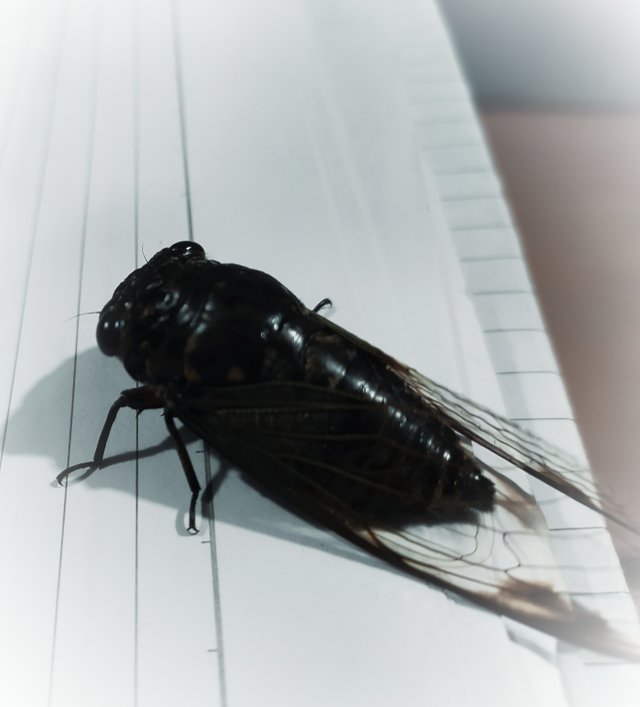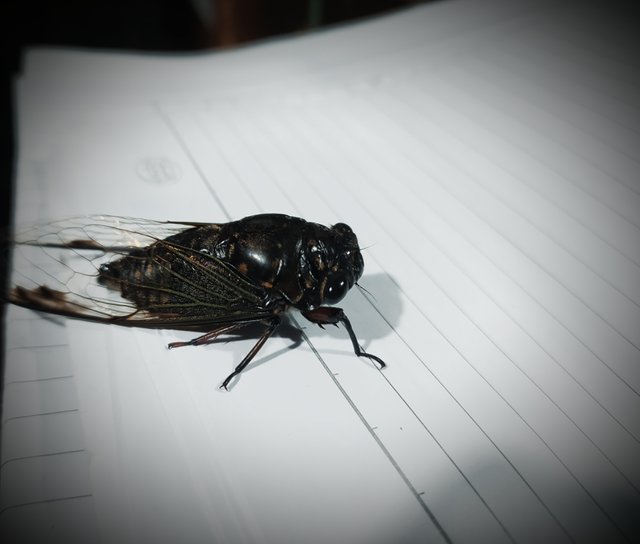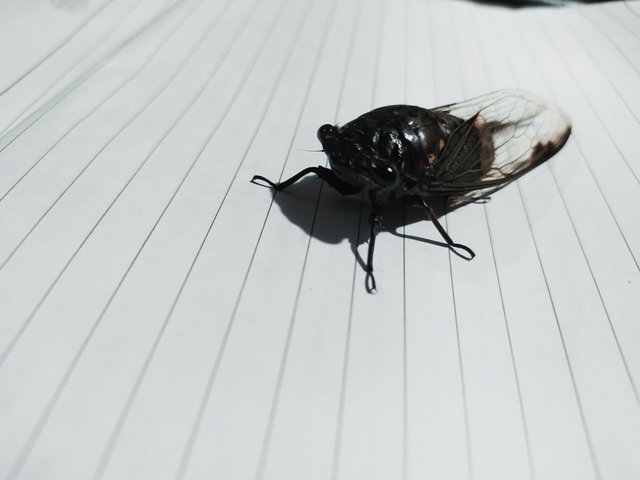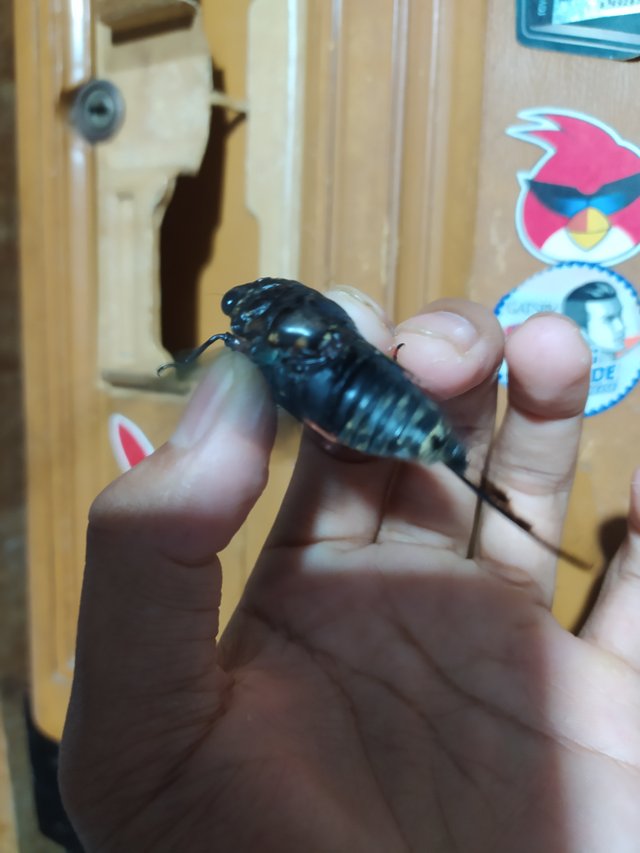The unique sound of cicada | 10% payout to steemjapan




Hello friends all, back again with me. I hope you are all well and always enthusiastic about posting on #steemjapan. This time I will post a new article. This is my first post about animal life.
Last night I found a type of beetle in the room. this is my favorite animal as a child because of its unique and loud voice. But besides the uniqueness of this animal it also has other advantages. That's why I'm interested in discussing it.
Quoted from www.idntimes.com. Cicada are members of the superfamily Cicadoidea and are physically distinguished by their stocky bodies, broad heads, clear membranous wings, and large compound eyes. Physically, there's probably nothing special about the cicada. However, this insect actually has many interesting things.
Summarized from the Smithsonian and Treehugger, here are some interesting facts about cicada insects:
- One of the insects that have the longest lifespan
7 Interesting Facts about Cicada, Small Insect with Loud Sounds Illustration of cicada (pixabay.com/JamesDeMers)
Cicada can live up to 17 years of age when totaled from the larval stage to the adult. Cicada is one of the insects with the longest lifespan, considering that most insects only live to be a few months old.
Like most insects, the cicada lives half its life in an immature stage of development. These animals live part of their lives in the soil when they become larvae and then come out of the soil when they are adults.
Most of their lives are spent underground
Produces a very loud sound.
Cicada sounds can reach 120 decibels or as loud as a chainsaw and can be heard up to 1.6 km away. Sometimes, cicada make a sound together with other cicada colonies and produce a very loud sound.Females can lay up to 600 eggs
Get nutrients from trees.
While still living underground, cicada larvae do not hibernate. They spend up to 17 years feeding on trees. They have a mouth shaped like a straw that is used to suck the liquid from the roots of plants.
When they are larvae, what they look for from trees is xylem, the tissue that helps carry water and dissolved minerals away from the roots. Since xylem tissue is mostly water-filled, cicada larvae get less nutrition, which could be the reason for their slow maturation.
- Widely consumed by humans.
Cicada have many predators, and one of them is human. In various places, these insects are often consumed by humans. Claims about the taste vary, some say it looks like shrimp, asparagus, to peanuts.
However, cicada may contain high levels of mercury and may cause an allergic reaction. For that, it's good to be careful if you want to consume it. Moreover, the massive consumption of cicada is feared to affect their popularity.
That's all my short article this time. Thank you for stopping by in this post and don't forget to leave your comments here, greetings from me @zawilsteem. See you in my next post, thanks to my seniors @tomoyan and @zulhendra, also to the curation accounts in this community @japansteemit and @ecosynthesizer.
Hi, @zawilsteem,
Thank you for your contribution to the Steem ecosystem.
Please consider voting for our witness, setting us as a proxy,
or delegate to @ecosynthesizer to earn 100% of the curation rewards!
3000SP | 4000SP | 5000SP | 10000SP | 100000SP